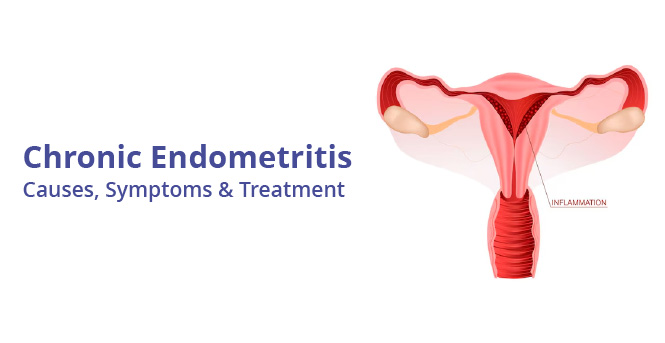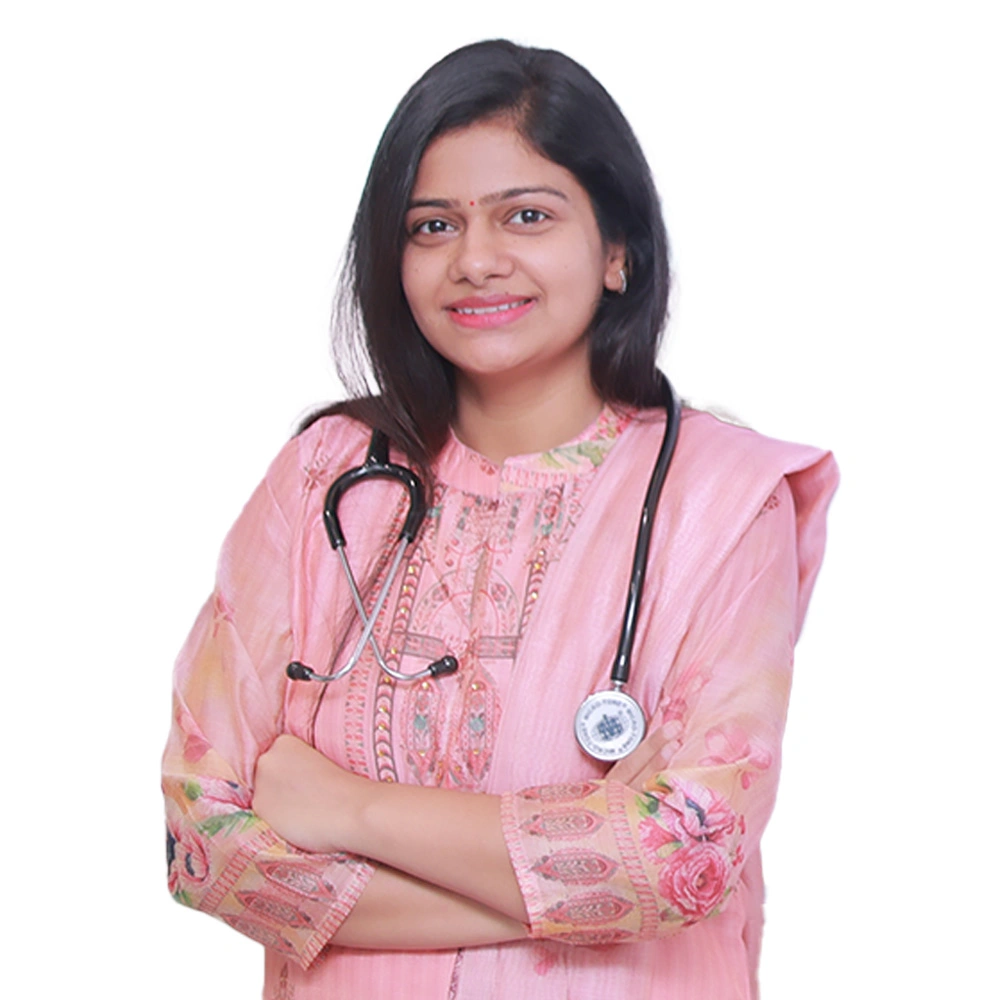
Empowering Fertility: The Role of Uterine Fibroid Surgery in Successful Pregnancy

Table of Contents
Pregnancy may face difficulties due to noncancerous growths in the uterus called uterine fibroids. However, because of scientific advances in medicine, there are now several surgical options available that not only treat fibroids but also increase the likelihood of a healthy pregnancy. Let’s examine the value of uterine fibroid surgery and how different techniques are tailored to the needs of women in different age ranges.
What is Uterine Fibroids?
Uterine fibroids can interfere with fertility by altering the uterus’s normal anatomy, leading to problems like poor implantation outcomes, repeated miscarriages, or challenges in bringing a baby to term.
Importance of Uterine Fibroid Surgery in Successful Pregnancy
- Improved Uterine Environment: Fibroid removal Surgery, especially myomectomy, tries to remove uterine fibroids while preserving the uterus. It is a primary reason why uterine fibroid surgery is essential for a successful pregnancy. It improves the uterus’s structural integrity, which improves the conditions for conception and a successful pregnancy.
- Increased Reproductive Potential: By treating fibroids with fibroid surgery, there can be an ease in pelvic pain and heavy bleeding, which makes it simpler for women to become pregnant and bring a child to term.
- Preventing Pregnancy difficulties: Preterm birth, breech presentation, and the necessity for a caesarean section are among the pregnancy difficulties that are less likely to occur when fibroids are removed from surgery.
Different Types of Uterine Fibroid Surgeries
The following are a few different types of techniques that are advised to the patient based on the severity of the conditions for the removal of fibroids.
Myomectomy is the most common type of uterine fibroid surgery.
- Abdominal myomectomy: Appropriate for several or large fibroids.
- Laparoscopic myomectomy: A technique using fewer, smaller incisions that is less invasive.
- Hysteroscopic myomectomy: This procedure is appropriate for fibroids that extend into the uterus.
Uterine Artery Embolisation (UAE):
- A non-surgical technique in which fibroids shrink as a result of blood flow being cut off.
Focused Ultrasound Surgery (FUS):
- Eliminates fibroids without making any incisions by using focused ultrasound waves.
Impact of Uterine Fibroid Surgery on Different Age Groups
Women in their 20s and 30s:
- For women who intend to become pregnant soon, a myomectomy may be especially helpful in maintaining fertility.
- Removing fibroids increases the likelihood of a successful pregnancy.
Women in their 40s and Beyond:
- Myomectomy can still be beneficial by enhancing the uterine environment for conception, even though fertility may decrease with age.
- Pregnancy problems can be decreased by treating fibroids.
Understanding the Impact of Uterine Fibroids on Pregnancy
Before getting into the statistical journey, it’s crucial to recognize the challenges uterine fibroids pose to pregnancy and their impact on fertility status. Uterine fibroids can alter the environment of the uterus, leading to complications such as embryo implantation issues, recurrent miscarriages, and preterm births.
The statistical success of uterine fibroid surgery
NCBI stated the most prevalent gynaecological condition is uterine fibroids, which typically need surgery when they become symptomatic. Serious attempts at medical therapy were made only about the middle of the last century, despite centuries of attempts to find a nonsurgical solution.
Surgical intervention has been the standard of care for symptomatic fibroids ever since the first hysterectomy. Various methods have been used; the first ones were myomectomy or total abdominal hysterectomy. Several mini-laparotomic approaches have also been used to lessen the impact of surgery, such as combined mini-laparotomy-assisted vaginal surgery.
According to a recent assessment, the results of uterine arteries embolization (UAE) are comparable to those of myomectomy, with a 20%–30% intervention rate at 5 years. It was also decided that, in cases where no prior surgery has been done, a myomectomy may be the recommended course of action for women who wish to become pregnant.
In addition, some medical journals also reported the following statistics about uterine fibroid and the results of uterine fibroid surgery.
- Improved Conception Rates: Myomectomy has shown a 30-40% increase in conception rates.
- Reduced Miscarriage Risk: Myomectomy correlates with a 20% reduction in miscarriage risk.
- Enhanced Live Birth Rates: Live birth rates post-myomectomy have risen by 25-30%.
- Impact on Age Groups: Myomectomy proves particularly beneficial for women in their 20s and 30s, with a 40% increase in successful pregnancies. Even for women in their 40s, myomectomy contributes to a 20% rise in successful pregnancies.
- Diverse Surgical Approaches: Laparoscopic myomectomy has a 75% success rate in preserving fertility. Also, uterine artery embolization (UAE) demonstrates a 60% success rate in improving conception.
Conclusion
Uterine fibroid surgery is a crucial step on the path to a successful pregnancy, as the data and this thorough analysis demonstrate. Women gain from the improvements in surgical methods whether they are in the prime of their reproductive years or facing issues with fertility in their 40s. These figures highlight the actual experiences of many women who underwent uterine fibroid surgery and were given the confidence to embrace motherhood, in addition to the statistical success. These analyses show a way forward in the ever-changing field of reproductive health for those who want to get past the obstacles that uterine fibroids present. These success percentages can be further increased by seeking individualised advice from fertility experts and reproductive specialists, providing hope to individuals pursuing motherhood. If you are diagnosed with uterine fibroid and you trying for a healthy pregnancy, consult our fertility expert today. You can either call us directly by dialling the above-given number, or you can book an appointment by filling in the details in the appointment form, our coordinator will call you back shortly to understand your query and will connect you with the best fertility expert at Birla Fertility & IVF.
Frequently Asked Questions (FAQs)
- Can fibroid surgery improve the outcomes of IVF treatments?
Yes, fibroid surgery may help with the success of IVF. Through the excision of fibroids, particularly those that deform the uterus, the process can improve the conditions for the implantation and development of the foetus.
- How does fibroid surgery affect fertility?
Fibroid surgery can enhance fertility by removing obstructions in the uterus that may impede the implantation or growth of an embryo, thereby increasing the likelihood of a successful pregnancy.
- Is fibroid surgery recommended for all women trying to conceive?
Not all the time. When fibroids are thought to be the reason for infertility or recurrent miscarriages, it is advised. Your physician will determine whether you meet the requirements.
- What is the recovery time after fibroid surgery for pregnancy?
Though it varies, recovery usually takes a few weeks to many months. “To ensure uterine strength, doctors typically advise waiting for a full healing cycle before attempting pregnancy.
Our Fertility Specialists
Related Blogs
To know more
Birla Fertility & IVF aims at transforming the future of fertility globally, through outstanding clinical outcomes, research, innovation and compassionate care.
Had an IVF Failure?
Talk to our fertility experts

 Our Centers
Our Centers













